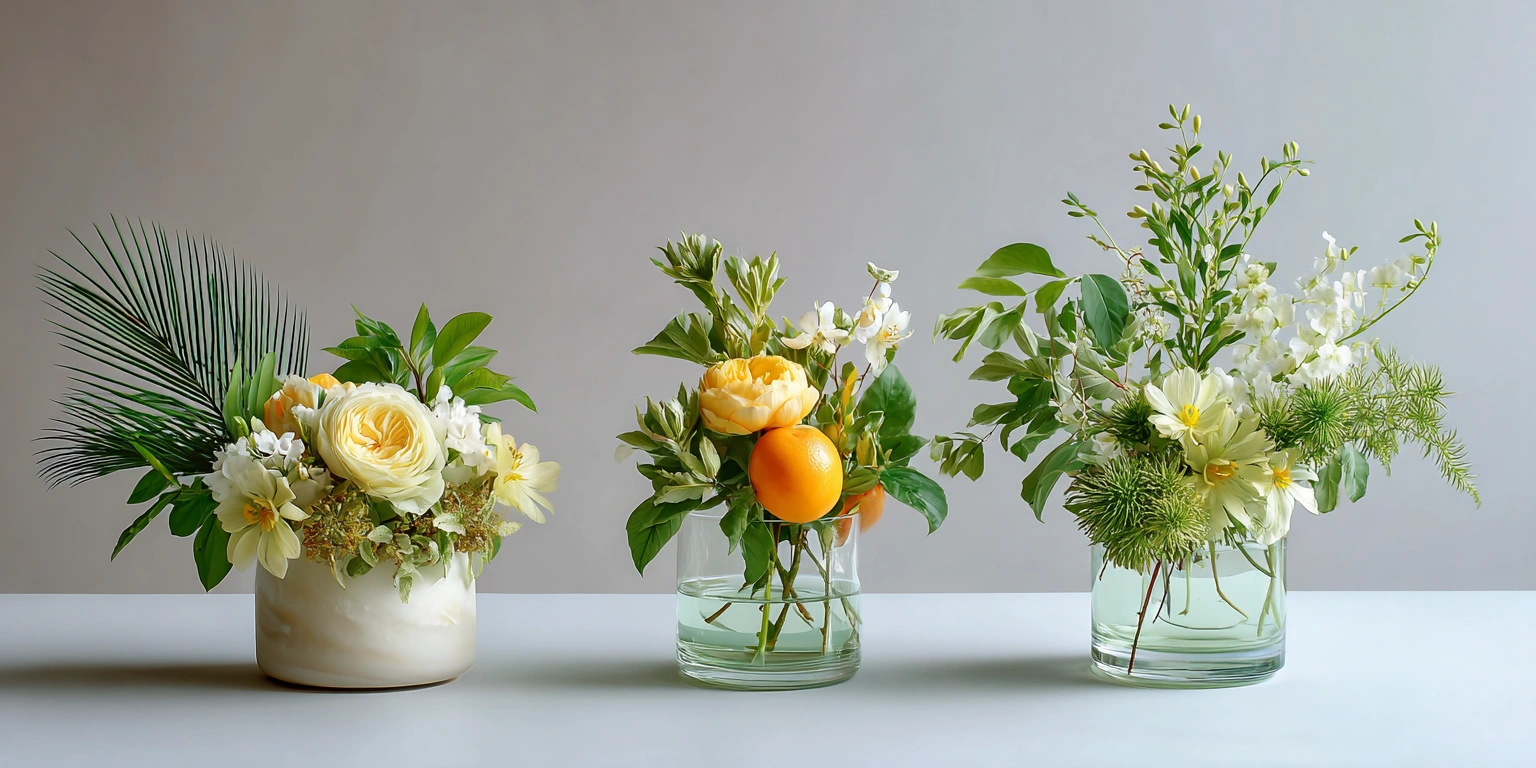
Sukkot, also known as the Feast of Tabernacles, is one of the most significant Jewish festivals, celebrated in the autumn, following the High Holy Days of Rosh Hashanah and Yom Kippur. Its roots date back to the biblical era, commemorating the Israelites’ 40-year journey through the desert after their exodus from Egypt. During this time, they dwelled in makeshift huts, or “sukkot,” which symbolizes both their dependence on divine protection and the fragility of life. The festival, rich in history and tradition, serves as a reminder of the importance of gratitude and the cycle of harvest.
A central aspect of Sukkot is the joyous celebration of abundance and nature, which is often expressed through the use of various flowers. These vibrant blooms symbolize rejuvenation, joy, and the beauty of creation, enhancing the overall festive atmosphere. Historically, Jewish communities have incorporated flowers into their Sukkot decorations, adding color and life to the temporary structures where families gather to celebrate this harvest festival. The presence of flowers during Sukkot signifies a deep connection to nature and God’s generosity, reflecting feelings of gratitude for the bountiful harvest.
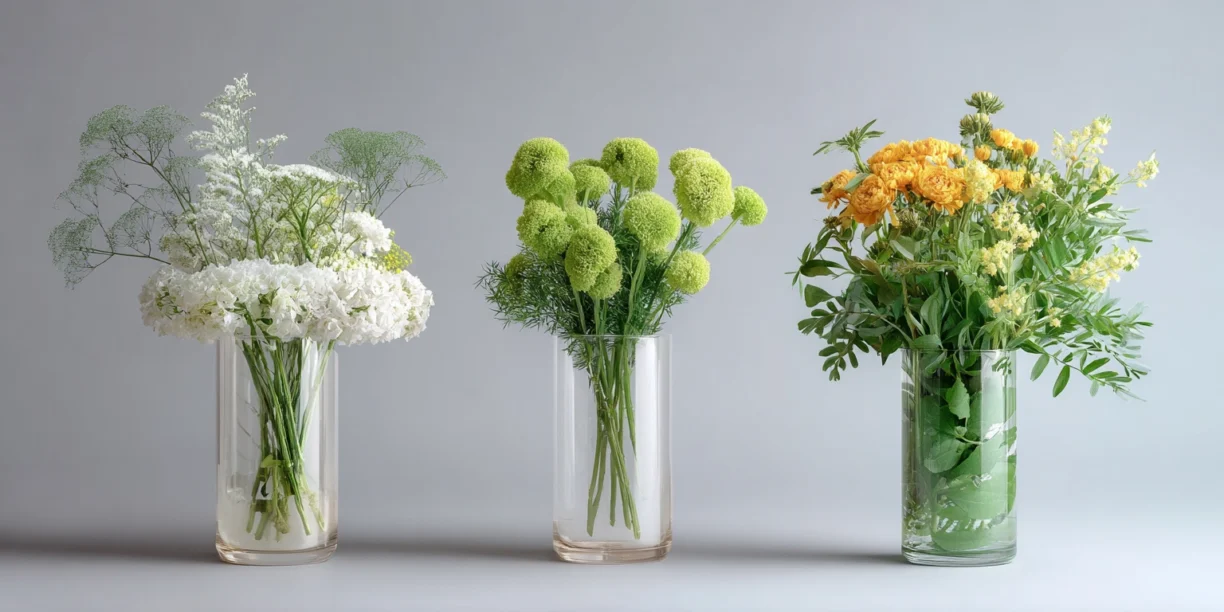
The rituals associated with flowers during Sukkot are not just ornamental; they carry spiritual significance. Many families adorn their sukkot with greenery and blooming flowers, creating a warm and inviting ambiance that fosters unity and joy. The act of beautifying the sukkah with flowers encourages participants to appreciate both the physical bounty of the harvest and the greater blessings of life. Through these customary practices, Sukkot transcends a mere agricultural festival, evolving into a profound expression of faith, thankfulness, and the interconnectedness of humanity and nature.
A Palette of Colors: Symbolism of Sukkot Flower Colors
During the festive celebration of Sukkot, flowers play a significant role not only in aesthetic enhancement but also in conveying deep symbolic meanings. The colors of the flowers utilized during this holiday are carefully chosen, each representing various facets of life, emotion, and spirituality. For instance, vibrant reds are frequently employed, embodying joy and abundance. This lively color captures the spirit of celebration that resonates throughout the festival, reminding participants of the blessings and bounties that life offers. In the context of Sukkot, red flowers elevate the atmosphere of gratitude and festivity.
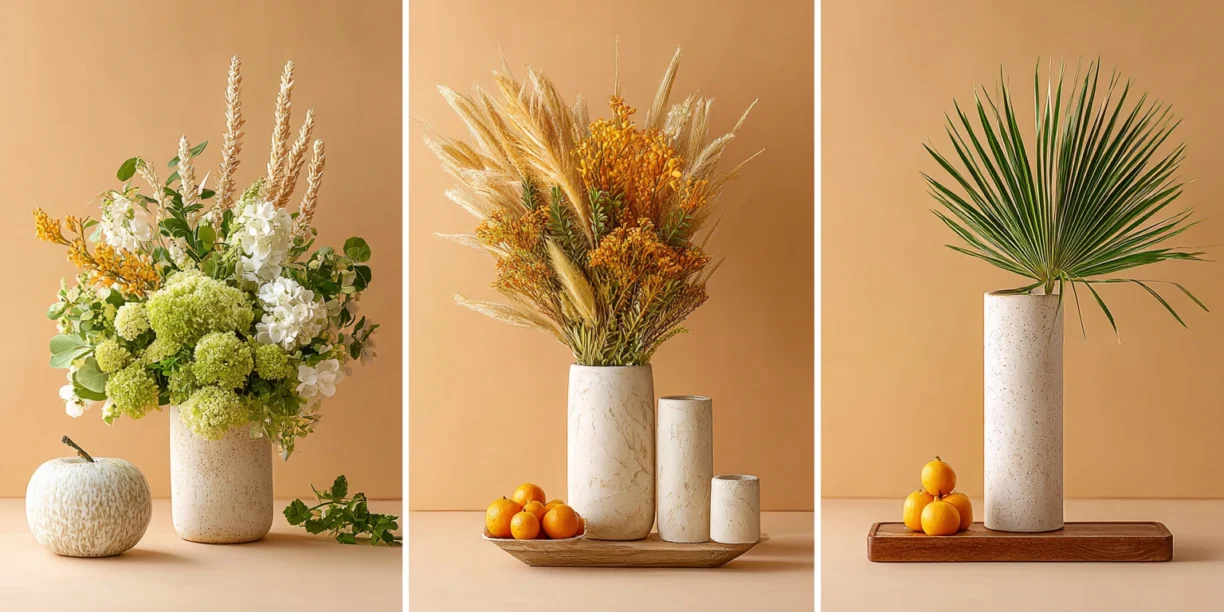
Meanwhile, greens are predominant in many Sukkot displays, representing renewal and life. This color signifies the importance of nature and its cycles, mirroring the agricultural roots of the holiday. It invites a sense of vitality and hope, emphasizing the regeneration of the Earth. The use of green flowers enhances the connection between the celebration and the harvest, serving as a manifestation of the life-sustaining elements that people cherish during this festive time.
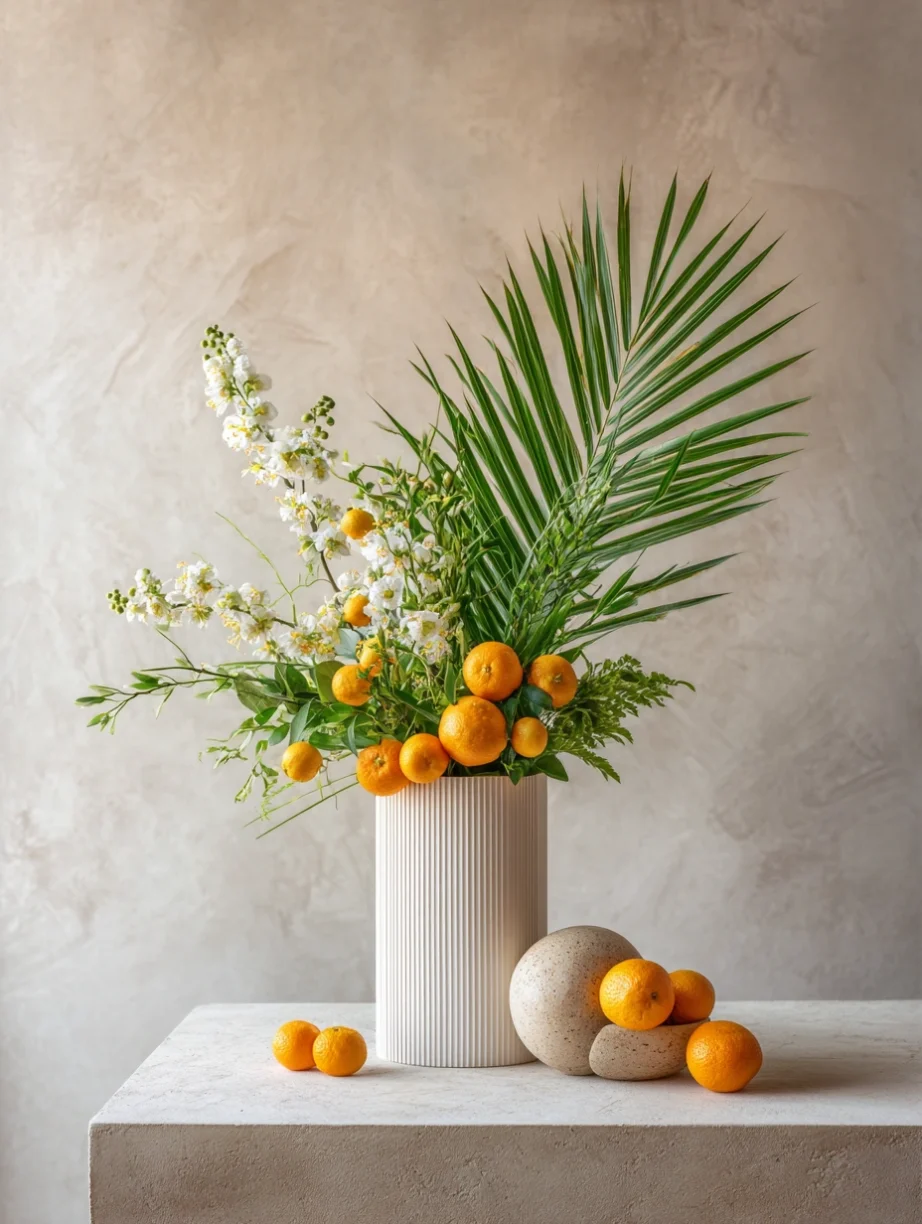
On the other hand, yellows are commonly associated with warmth and happiness. Yellow flowers add a cheerful touch to Sukkot decorations, radiating positivity and inviting warmth into the setting. The emotional impact of color is profound—in many cultures, yellow inspires feelings of optimism and comfort, making it a perfect choice for enhancing the communal atmosphere during the holiday.
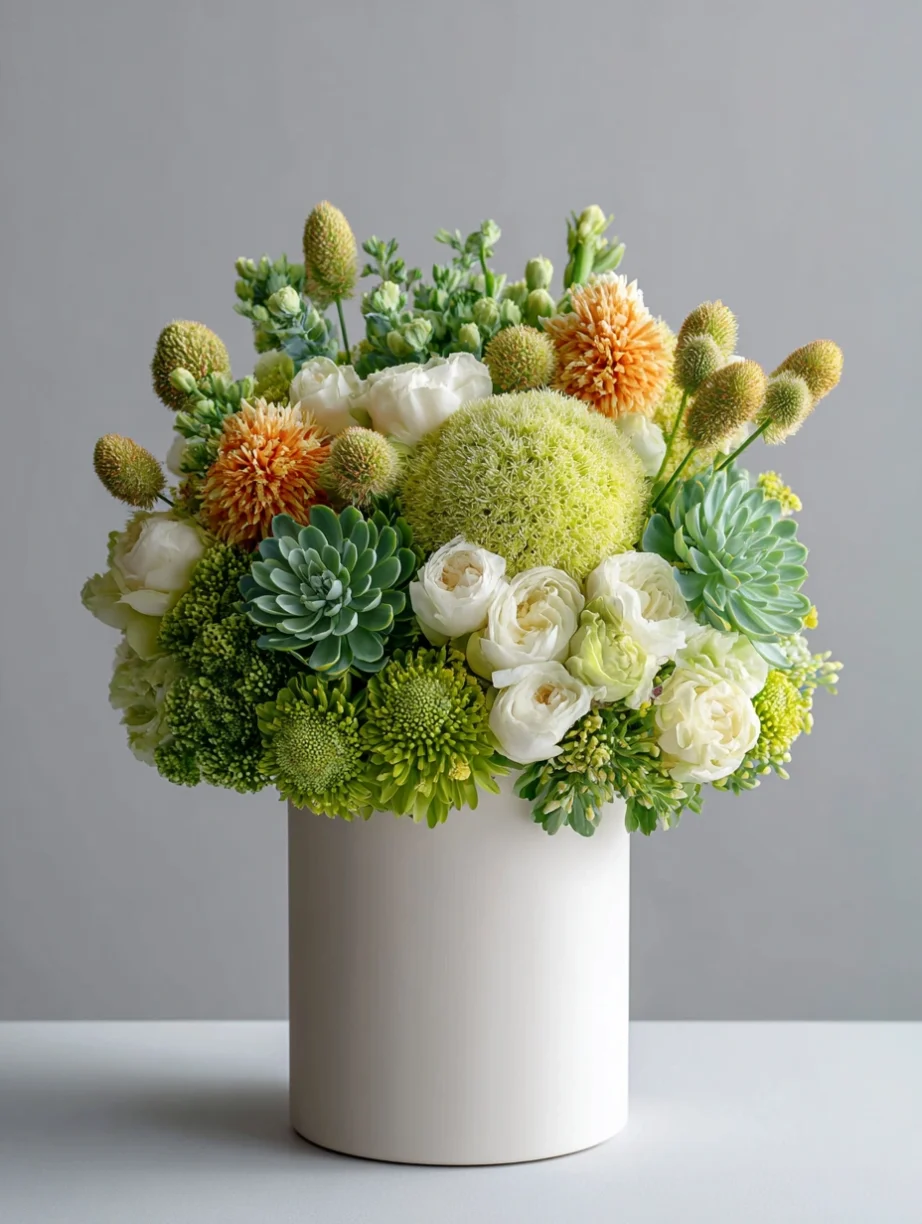
In sum, the choice of flower colors for Sukkot is a deliberate reflection of the festival’s themes of abundance, renewal, and joy. By integrating these vibrant hues into the celebrations, participants create a rich, emotional tapestry that not only beautifies the Sukkah but also deepens the meaning behind the festival.
Popular Flower Species for Sukkot Celebrations
Sukkot, a joyous festival in the Jewish calendar, showcases an array of vibrant flora, each carrying unique beauty, fragrance, and cultural significance. Among the most prominent flowers and plants associated with this harvest festival are the Etrog, willow branches, palm fronds, and myrtle, all of which contribute visually and spiritually to the celebration.
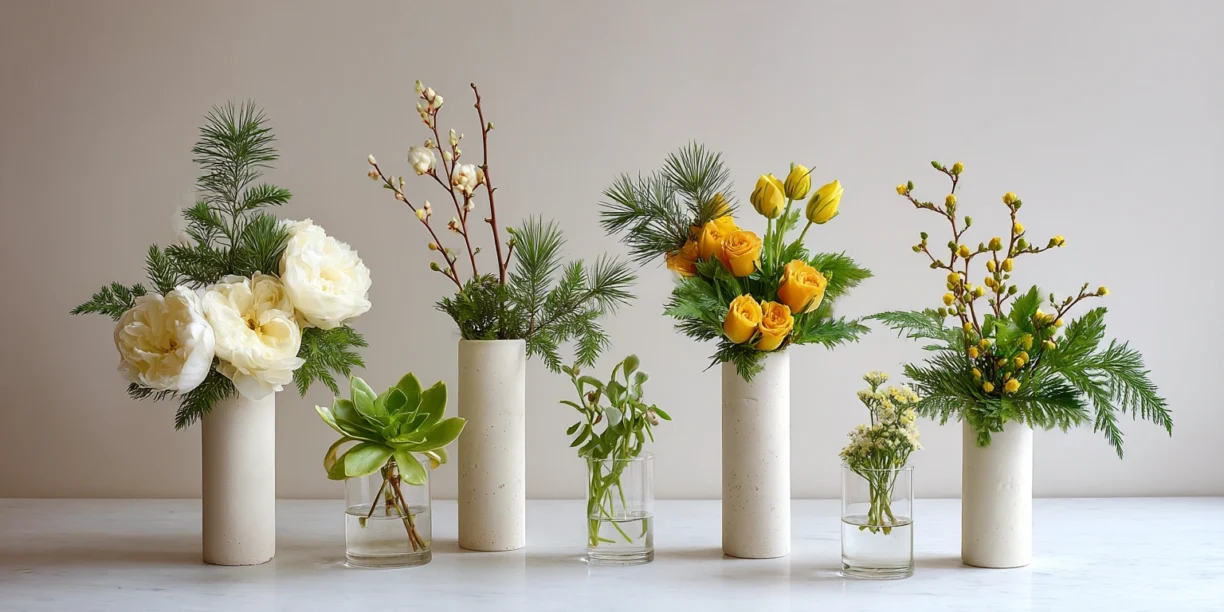
The Etrog, or citron, is a citrus fruit that holds great importance during Sukkot. Traditionally, it is yellow and bumpy, resembling a large lemon. The Etrog is not only cherished for its fragrance but also symbolizes the union of different aspects of the Jewish identity, referred to as the “fruit of a goodly tree.” As part of the Four Species (Arba Minim), alongside lulav (palm frond), hadas (myrtle), and aravah (willow), the Etrog is integral to many Sukkot rituals, creating a sensory connection to the festivity.
Willow branches, characterized by their elongated and flexible structure, are often seen cascading gracefully in Sukkah decorations. Their simple elegance enhances the visual aesthetic of Sukkot and symbolizes humility. When shaken during prayers, the willow represents the joy of the harvest.
Palm fronds, commonly referred to as lulav, are revered for their tall, regal stature and lush green quality. They are often bound together with myrtle and willow to create the Lulav bundle, a key element in Sukkot observances. The palm frond embodies the ideals of victory and peace, as it celebrates the blessings of nature and abundance.
Lastly, myrtle, with its aromatic leaves and small white flowers, adds a fragrant touch to Sukkot decorations. Symbolically, myrtle stands for the heart and represents the connection between the physical and spiritual worlds during this significant festival.
Creating Beautiful Sukkot Arrangements: Tips and Inspiration
When it comes to celebrating Sukkot, one of the most cherished traditions involves adorning the sukkah with beautiful floral arrangements. Selecting the right flowers is essential for creating captivating displays that enhance the festival’s joyous spirit. Traditional Sukkot flowers include myrtle, willow, and palm, but a variety of vibrant blooms can also be incorporated to reflect the season’s abundance. Consider using sunflowers, chrysanthemums, or zinnias, which offer a cheerful touch to your arrangements.
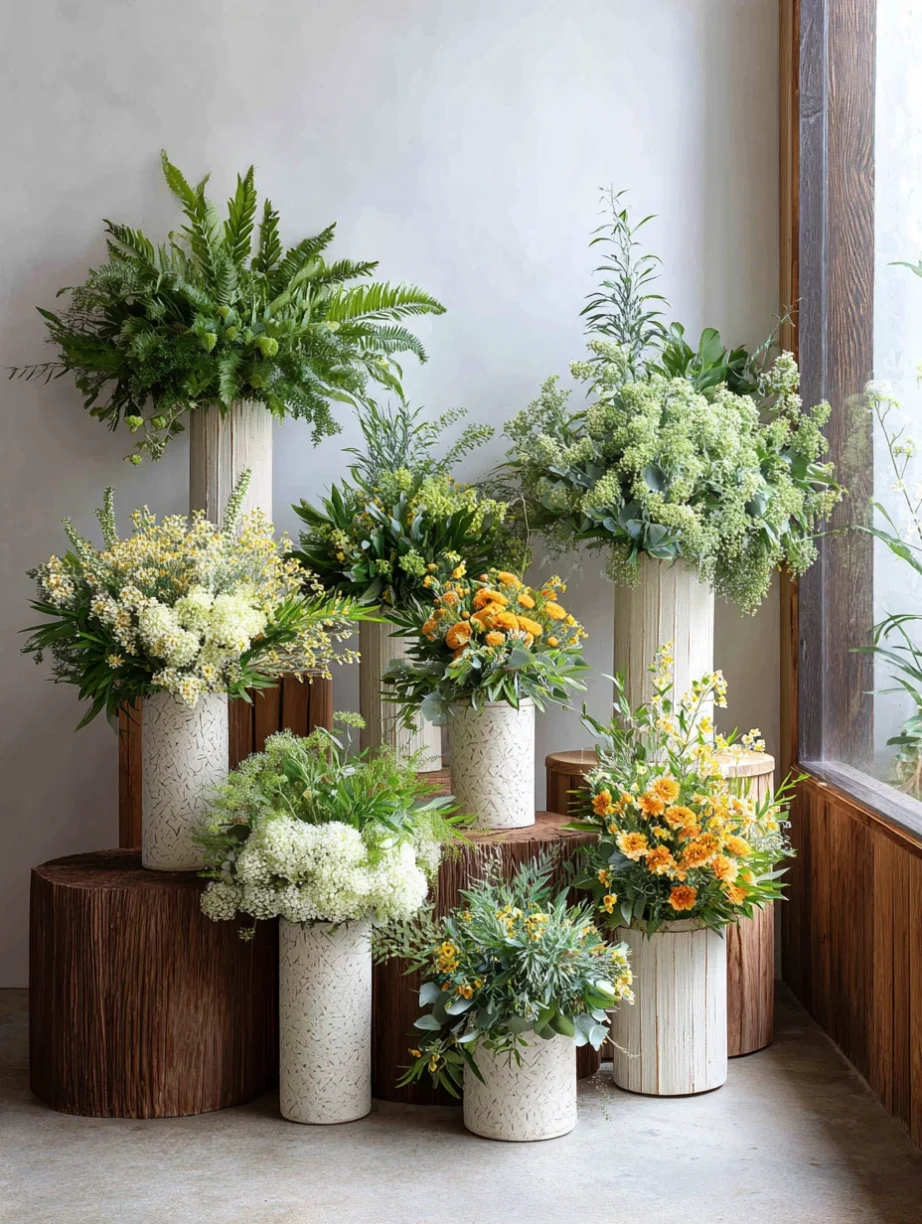
Color combinations play a significant role in elevating your Sukkot floral displays. Opt for warm autumn hues like oranges, yellows, and reds to evoke the season’s feelings. Alternatively, incorporating deep purples and blues can add a touch of elegance. To create a harmonious arrangement, choose flowers that complement each other in terms of color, size, and shape. Mixing different textures—such as combining hard branches with soft petals—can create depth and visual interest, captivating your guests’ attention.
In terms of arrangement styles, there are several approaches to consider. A minimalist style may involve simple, sleek lines while a more traditional approach can embrace lush, overflowing bouquets symbolizing abundance. Experiment with varying heights and placements within the arrangement to create a dynamic effect. Additionally, incorporating natural elements like twigs or fruits can further emphasize the harvest theme of Sukkot.
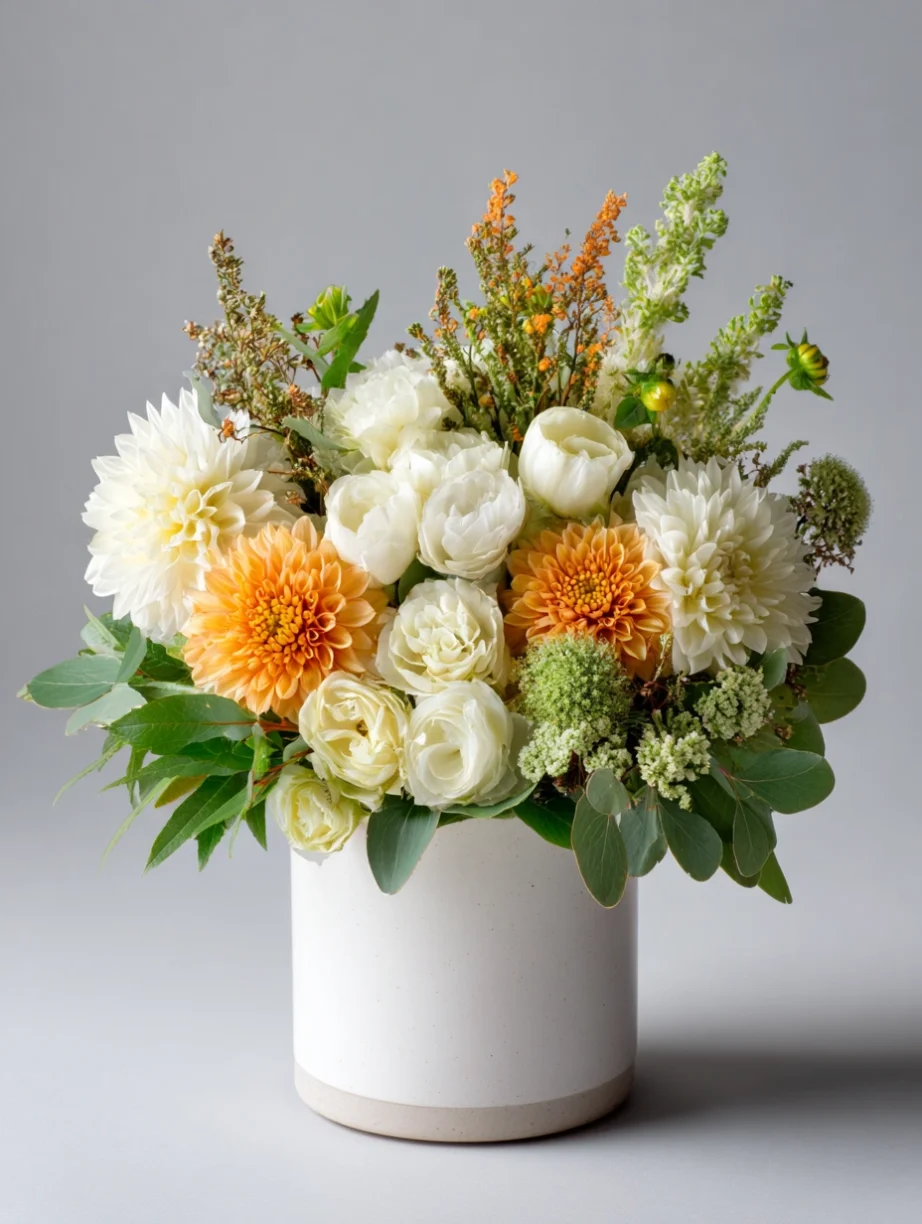
For those interested in DIY floral decorations, creating personalized arrangements is a wonderful way to express creativity. Consider crafting a centerpiece that tells a story by incorporating elements that evoke your personal experiences of Sukkot. Additionally, using unique vessels—such as woven baskets or rustic pots—can add an organic touch, seamlessly blending with your tabletops. Ultimately, creating these stunning floral displays not only enhances the festive atmosphere but also allows individuals to connect meaningfully with the spirit of Sukkot.
